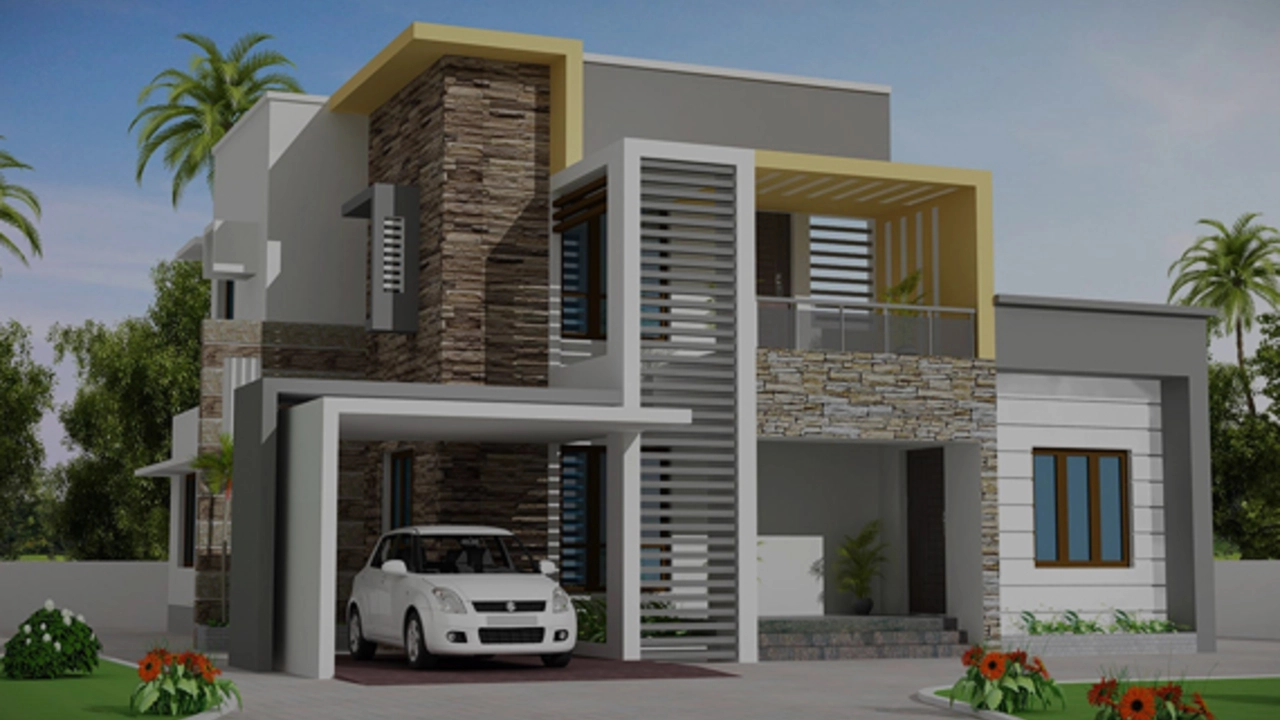Indian Residential Lifestyle: How People Live, Eat, and Celebrate at Home
When you walk into an Indian home, the first thing you notice is the blend of old habits and modern comforts. Families often share a big kitchen, a living room that doubles as a prayer space, and a courtyard where kids play. The layout may differ from a city apartment to a village house, but the focus stays the same – a place where everyone feels welcome.
Homes and Spaces
In the cities, you’ll find compact apartments with a small balcony that becomes a garden of herbs. In the countryside, houses are usually built around a central courtyard, and many still have a separate room for storing grains and utensils. Most homes have a small altar or shrine, so daily prayers are a part of the routine, whether it’s a quick offering before breakfast or a longer ceremony on weekends.
Flooring varies a lot: marble, tiles, or even earthen floors in older homes. People love to sit on the floor while eating, especially during festivals, because it keeps the family together and feels more relaxed. That’s why you’ll often see low tables or a simple mat spread out for meals.
Kitchen and Food Habits
The kitchen is the heart of the home. Traditional Indian kitchens have a heavy iron or stainless‑steel wok, a grinding stone, and a spice rack that looks like a rainbow. Most families cook twice a day – a light breakfast of tea or idli, and a larger lunch or dinner with rice, roti, and a mix of vegetables or meat. Leftovers are either refrigerated for the next day or turned into a new dish, like frying yesterday’s rice into a tasty fried rice.
Food safety matters a lot. Experts say you shouldn’t eat food left out overnight because bacteria can grow fast at room temperature. So the rule of thumb is to refrigerate leftovers within two hours and reheat them well before eating.
Festivals bring extra hustle to the kitchen. During Diwali, families bake sweets like laddu and barfi. On Eid, huge trays of biryani and kebabs appear. These dishes aren’t just about taste; they’re a way to share love and keep traditions alive.
Beyond cooking, many homes now have a small area for laundry – a washing machine in city apartments or a hand‑wash basin in rural homes. People still hang clothes on a line to dry, believing the sun adds a fresh scent.
Overall, Indian residential lifestyle is a mix of practical routines, cultural rituals, and a love for food that brings everyone together. Whether you live in a high‑rise flat or a farmhouse, the core idea stays the same: a space where family, food, and faith meet every day.
